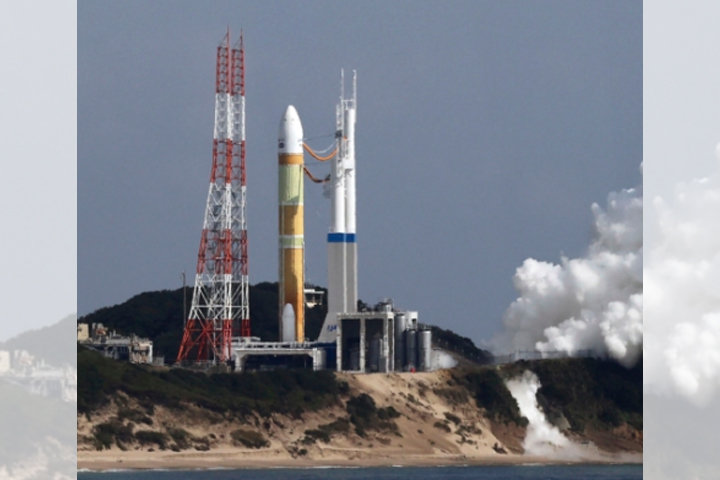


TOKYO—According to authorities, Japan's space agency aborted the first launch of its next-generation H3 rocket on Friday when the auxiliary booster engines failed to ignite.
According to the Japan Aerospace Exploration Agency, the main engine of the rocket, which was carrying an observation satellite and an experimental sensor to detect missile launches, had already fired when the launch was aborted.
“I know many people were waiting for and looking forward to this day. I’m so sorry. We also feel extremely regretful and frustrated,” JAXA project manager Masashi Okada wiped away emotions during a news announcement.
Okada called it an aborted launch, not a failur, because it was halted due to properly functioning safety features.
Yet, the failed launch at the Tanegashima Space Center in southern Japan was a setback for Japan's space program, which had already failed to launch a smaller Epsilon-series sold-fueled rocket meant to loft scientific satellites in October.
The H3 unveiling had been delayed earlier in the week due to bad weather, after a two-year delay from 2020 due to an engine development delay.
The H3 rocket, Japan's first new series in more than 22 years, was developed by JAXA and Mitsubishi Heavy Industries at a cost of 200 billion yen ($1.5 billion) as a successor to Japan's H-2A rocket, which is set to retire after its 50th launch.
Okada stated that the H3's main engine successfully ignited, but the subsequent signal to ignite a pair of auxiliary boosters was not sent due to an unidentified abnormality detected during the process. He stated that the issue was not with the engines, but rather with an electrical system in the first stage.
"We will look into the problem as quickly as can and do everything we can to try again," Okada added. He expressed optimism that the issue may be fixed and another launch attempted before the current launch window concludes on March 10.
The rocket is carrying an Advanced Land Observation Satellite, which is primarily responsible for Earth observation and data collection for disaster response and map creation, as well as an experimental infrared sensor developed by the Defense Ministry, which can monitor military activity such as missile launches.
The H3, which is around 60 meters (196 feet) long, can carry heavier cargoes than the H-2A, which is 53 meters (174 ft). But, in order to attract more commercial launch clients, its launch cost has been cut in half to around 50 million yen ($371,000) by simplifying its design, manufacture, and operation. The hydrogen-powered main engine is a new design that uses fewer parts by changing the combustion method.
The space launch industry is becoming increasingly competitive, with significant participants such as SpaceX and Arianespace.